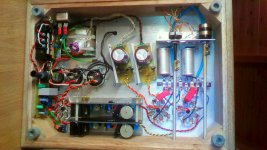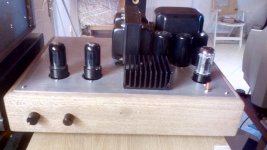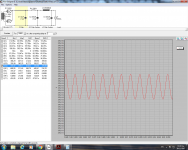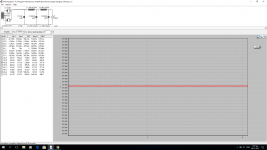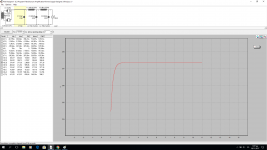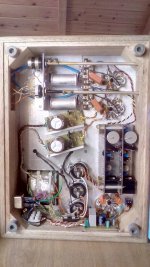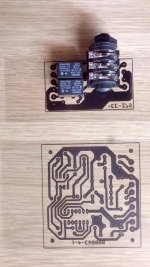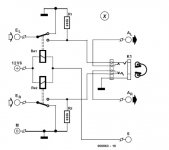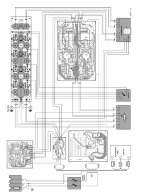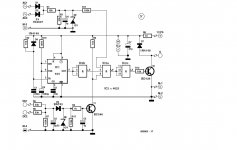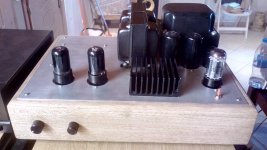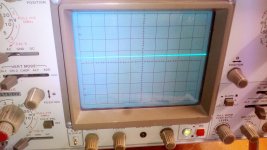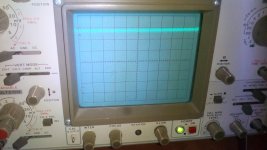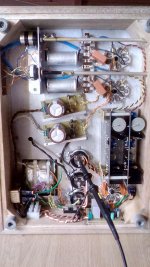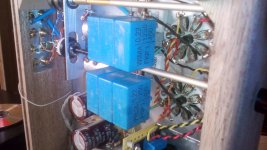Can I replace 6V6 with 6F6G? If possible, what do I need to pay attention to?
Thanks!
You can experiment with most of the small power pentodes. I liked 6g6g. The setup used here are well within the margins of their limits anode wise so no worries there, just find your proper cathode resistor for the tube and listen away with different anode voltages. Look out for the heaters to so you dont fry them. Your biggest enemy will be microphonics.
I'm finished my buffer, everything goes well...no noise or hum at all with my 93db speakers and my ears 1cm distance from them.
Attachments
Last edited:
Hi Nick
Its not output delay/relay ,its delay/relay for the 5V filament of the rectifier about 70-100 sec so the filaments of 6V6 to rich about 6.26-6.29V after the regs start make with safety high voltage.
Its not output delay/relay ,its delay/relay for the 5V filament of the rectifier about 70-100 sec so the filaments of 6V6 to rich about 6.26-6.29V after the regs start make with safety high voltage.
Attachments
Last edited:
Hi
That measure in it's final timing should equally prevent the slow output voltage bumps after power on and off? Because if I put the digital scope in seconds long single trigger mode it can catch those and they look synchronized with the signal tubes heat up & cool down filament cycle.
That measure in it's final timing should equally prevent the slow output voltage bumps after power on and off? Because if I put the digital scope in seconds long single trigger mode it can catch those and they look synchronized with the signal tubes heat up & cool down filament cycle.
Exactly NIck the heaters of the signal tubes rich on the top and we don't have with this way no bumps....and the most important think the regs are not in dangerous ..
Last edited:
Μy last setup for psu ....with one reg for two tubes (2 X 24ma) regulation 330V at 68ma.
Attachments
Last edited:
Or this much better...for two regs..
Attachments
Last edited:
Im preparing for a protection circuit from elektor..
Tomorrow I will give and the schematic, the last setup with only choke and caps has the best results..about ripple and 350-380V before the regs
Tomorrow I will give and the schematic, the last setup with only choke and caps has the best results..about ripple and 350-380V before the regs
Attachments
Last edited:
The schematic...
I do not know how much impact (Dc1,Dc2) I will have on the output of the buffer tube ..
Opinions?
I do not know how much impact (Dc1,Dc2) I will have on the output of the buffer tube ..
Opinions?
Attachments
Last edited:
Salas SSHV2 the best results...330V after reg probe X1 or X10 foto1 and magnified foto 2, and before the regs same results.
Attachments
Last edited:
Im trying new combinations with different caps.... I think I will stay with 680nf - 330k output ...about 3 hz- 3db ... with my golmund clone 100k input...
330V- 6KΩ,Rk 390Ω=9.51V=25mA ..
330V- 6KΩ,Rk 390Ω=9.51V=25mA ..
Attachments
Last edited:
Wima FKP are very good film & foil capacitors. In any case when deciding a coupling cap, beyond calculating a uF value for enough low pass given an amp's input impedance, we must also remember that the V rating of the cap should allow not only for the DC it blocks but for DCV+AC it sees. 1.414*Vrms +DCV <Vr. That is why we see a 100V marked capacitor rated for 63V pure AC in some analytical datasheets for instance. Because 63VAC*1.414 = 89V and then +10% allowance for safety and longevity. That's for line and low enough frequencies mainly. Especially in pulse HF use the % allowance is much more as the V rating goes up. There the high energy changing steep and fast can be much more damaging to dielectrics.
Wima FKP are very good film & foil capacitors. <snip>
Merry Christmas !
Would by-passing the original cap with a smaller cap but with much higher voltage rating help the situation ??
No, if there is a not a high enough voltage rated part for a purpose in a capacitors combination it will remain the weak link for the whole.
Understood......so that is not such a instantaneous problem as such.....
But would by-passing benefit the situation in anyway ??
But would by-passing benefit the situation in anyway ??
Bypassing can make a combination speedier but it also mixes in more than one part's different self resonance and introduces different ESL due to more legs. For audio frequencies coupling its not technically critical, more a matter of subjective trial, unless someone has adequate electronics lab equipment and knows how to measure and evaluate such things.
- Home
- Amplifiers
- Tubes / Valves
- 6V6 line preamp
